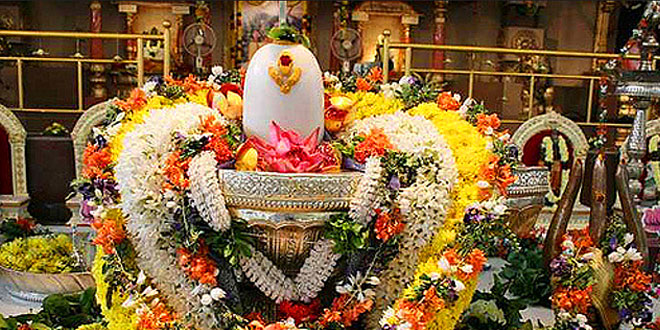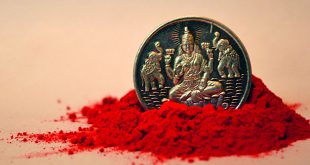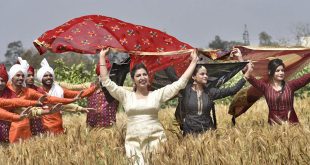Maha Shivaratri Rituals in Hindus
Holy Bath: Maha Shivaratri Rituals
On Mahashivratri, the devotees wake up early in the morning and take a ceremonious bath, by using black sesame seeds. It is believed that bathing purifies one’s body. Thereafter, they would offer prayers to Sun God, Lord Vishnu and Lord Shiva, as a part of the purification rituals that is observed on all the important Hindu festivals. After wearing new washed clothes, the devotees would head towards the nearest Lord Shiva temple to worship the deity. During the festival, the temples with Lord Shiva as the deity are flocked by devotees. Special pujas are conducted on the day.
Rituals At Shiva Temples
Lord Shiva temples are thronged by devotees on the glorious occasion of Maha Shivaratri, because it is the day to honor the deity. The traditional Shiva Linga pooja is performed, while the devotees seek blessings from the God. Holy water (Gangajal) is poured over the Shiva Linga, as a part of the ritual. According to the rituals prescribed in the Shiva Purana (mythology), Shiva Linga is given a ceremonious bath with milk, yogurt, honey, sandalwood paste and rose water, every three hours on Maha Shivaratri. Therefore, the priest in the temple would perform the ritual without fail. While performing the Abhishek, bells are rung and the devotees would chant the names of Lord Shiva.
After the ritual of Abhishek is over, kumkum (vermilion) is applied on the Shiva Linga, to mark the culmination of the previous ritual and pave the way for the next. Traditionally, the leaves of Bilwa (Aegle marmelos) are used for the performance of Shiva pooja. Therefore, a stalk of three Bilwa leaves is placed on the top of the Shiva Linga. Jujube fruit is offered to the deity. Flowers and garlands can also be offered to the Linga. Many devotees offer incense sticks and fruits to the deity. Special pujas are performed in the temples, where bhajans of Maha Shivaratri are sung.
Merrymaking is at its peak at the night of Maha Shivaratri. Devotees awake all through the night of the festival. They spend the whole night in Shiva temples, in the worship of the God. Singing of hymns, bhajans and verses in the praise of Lord Shiva is one of the traditions of Maha Shivaratri, besides the chanting of ‘Om Namah Shivaya‘. Special food is prepared by using fruits, root vegetables and coconuts. The devotees, who have observed the Maha Shivaratri vrat, would break the fast early in the next morning by eating the prasad that was offered to Lord Shiva, in the previous night.
 Kids Portal For Parents India Kids Network
Kids Portal For Parents India Kids Network







